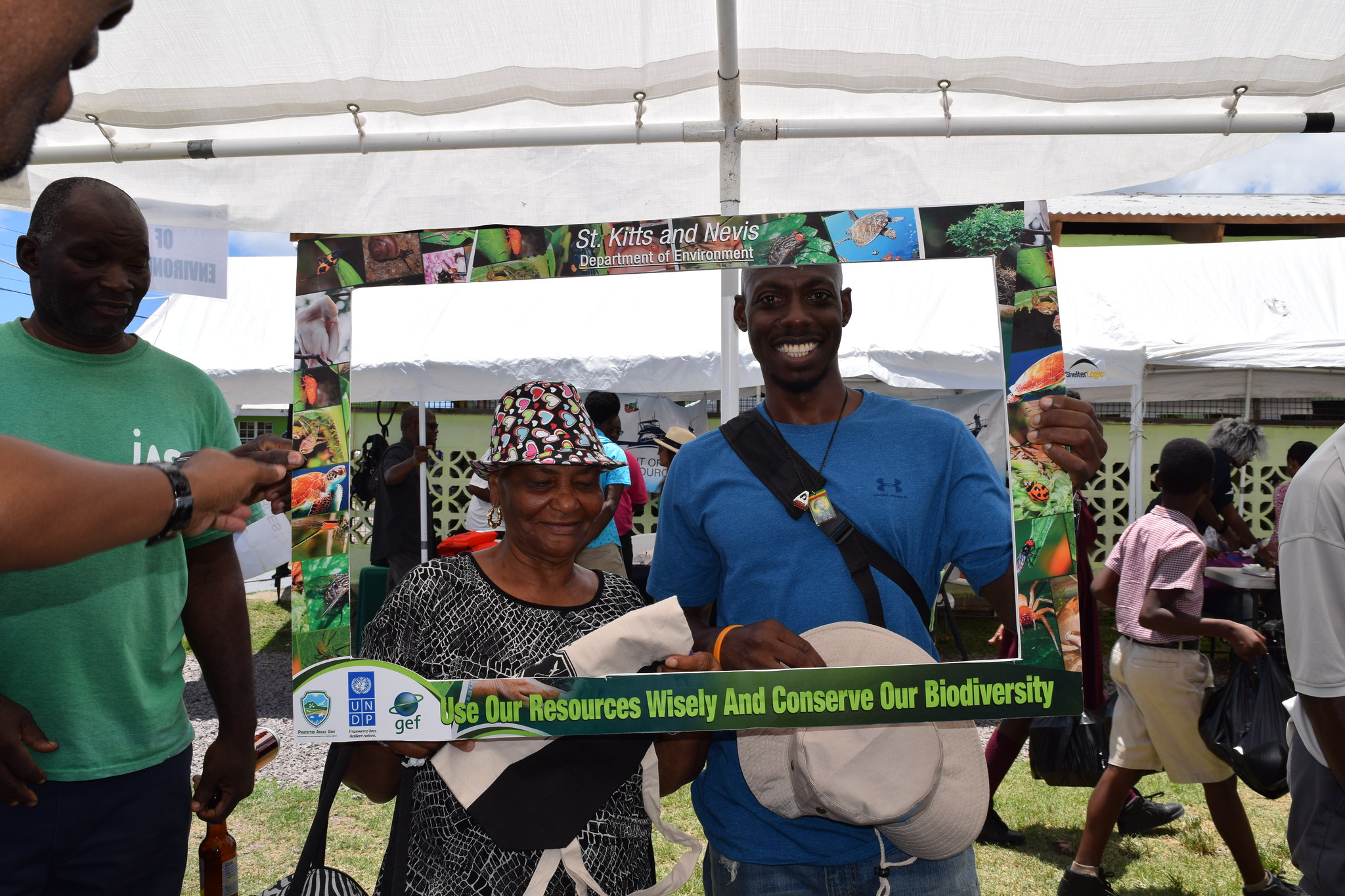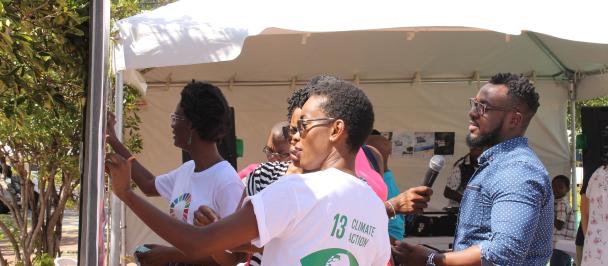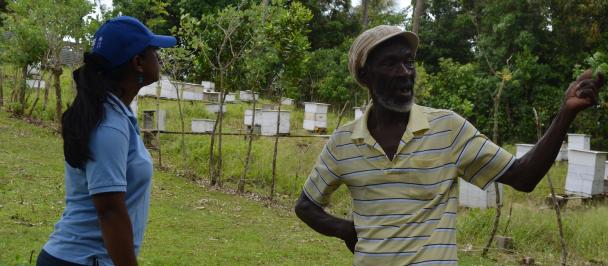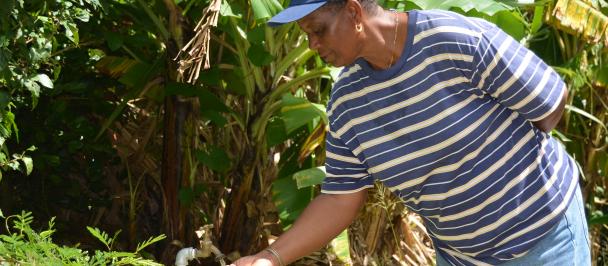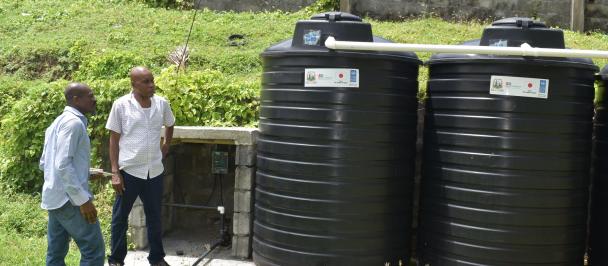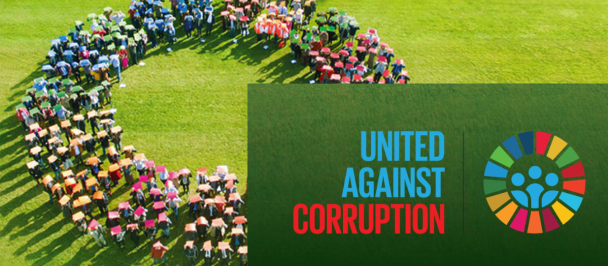St. Kitts and Nevis Conserving Biodiversity
St. Kitts & Nevis is the smallest sovereign state in the Western Hemisphere in both area and population, the newest sovereign state in the Americas, and the most successful Caribbean state in reducing an enormous debt, bringing it below the 60% of GDP benchmark.
The Twin Island Nation has made it into the group of countries with High Human Development, as measured by UNDP in its HDI world welfare ranking. Saint Kitts and Nevis occupies today post number 72, has improved 3 positions over the past 5 years and placed itself just behind Antigua and Barbuda, ahead of Grenada, St. Lucia and St. Vincent and the Grenadines. With these achievements, SKN has set the foundation to achieve the Sustainable Development Goals agreed by the United Nations for 2030. Prosperity is in sight, and the social cohesion deal is waiting to be clinched.
Economic Advances
The slow economic growth of 2017 (1,2%) doubled last year (2.5%), contributing to a GDP per capita at almost US$25,000. St. Kitts & Nevis’ economy is a US$1,5Billion affair, comparable to Grenada, and the Government manages tax revenue worth 25% of GDP, like St. Vincent and the Grenadines, ahead of Antigua and Barbuda. The effective control of inflation and the successful Citizenship by Investment programme, among other reasons, have attracted foreign direct finance, to the tune of 9% of GDP – thrice Antigua’s and twice Barbados’, to which foreign development aid adds 4% of the GNI, one of the highest in the region, if we exclude hurricane recovery finance. Tourism and construction are key drivers of economic growth; on average, the country receives annually one tourist per resident. Unfortunately, there is no official employment data available for the Eastern Caribbean state. Nevertheless, St. Kitts and Nevis enjoys a vibrant demographic dynamic, with 14% of population being immigrants, which is high for the region but not uncommon – Barbados has the same proportion. This suggests that both their labour markets act as regional magnets for talent and skill, and both their societies have the political and social integration flexibility to make the most of welcome arrivals.
Utilities, Social Services and Social Protection
St. Kitts is a connected nation through 77% of Internet coverage and 100% access to electricity – a feat given the orography and the reduced urbanisation. The country’s health record is also overall positive: a reasonable 5.6% expenditure over GDP allows St. Kitts and Nevis to achieve universal immunization on DPT, 100% antenatal care and full skilled birth attendance, but 7% of the babies lacks coverage on measles. The local population has over 74 years of life expectancy, the children enjoy more than 14 years of schooling, the younger ones benefit from a 14 pupil-teacher ratio in primary school – like in Barbados – and the dropout rate at the primary level is admirably low. All this without spending too much - 2.8% of GDP goes to the Education budget, which is considered limited by international standards. SKN posts the lowest infant mortality rate of the region, one of the highest paid maternity leaves and 23 hospital beds per 10,000 inhabitants, a coverage comparable to Antigua and Barbuda.
While St. Kitts and Nevis’ achievements puts the country on par with or beyond many of its counterparts in terms of human development, there’s always room for improvement. Electricity coverage is universal, but access to affordable and clean energy is limited in the country with more than 90% of energy still being generated by imported fossil fuels. Notably, the country’s Nationally Determined Contributions include a commitment to increase renewable energy penetration by 50%. Similarly, successes in healthcare and further advances in good health and wellbeing will be undermined unless ongoing efforts to reduce health-related risks are intensified. A recent UNICEF report identified that just over a quarter of Kittitian and Nevisian children are obese, while the rate is nearly 30% among adults, with much higher prevalence among women than men. All of which adds up to increased long-term risks of deadly, non-communicable diseases.
At the other end of the productive life, just 45% of the relevant age group gets a pension, which is low in the Caribbean - 83% of Antiguans and Barbudans have their retirement covered with such an income. St. Kitts has the highest prison population in the region (double than Trinidad and Tobago or Antigua & Barbuda) and the highest homicide rate, on par with Trinidad, tripling Antigua and Barbados – although here the latest data show a significand decrease in the serious crime statistic. Someone in the Government has been getting the policy right, offering an alternative to gang life to young men, and someone in the Police is doing their job well. These data still suggest the potential benefits of a pension reform around a national guaranteed income for senior citizens, noting that efforts are already underway on this issue, and rule of law or justice and security sector initiatives focused on serious crime and remand detainees, which could bring about much needed relief.
In sum, high human development is something the country has already achieved. Like the San Francisco bridge, once you are done painting at one end, you ought to start again at the other, as rust never sleeps. Now it is the matter of playing in the Premier League of social welfare, and competing with the best, most prosperous, richest and fairest countries of the world. St. Kitts and Nevis has every opportunity of succeeding if it harvests the proceeds of its Blue Economy, puts its ocean resources at the service of a sustainable growth strategy, pursues social policies for the most vulnerable and continues exercising financial prudence – a service it delivers to itself today and it bequeaths to future generations.

 Locations
Locations
